Abstract:
Background: Evidence on the associations between iron status biomarkers and both overweight/obesity prevalence and body mass index (BMI) is limited.
Methods: This cross-sectional analysis utilized data from 5454 participants in the NHANES 2003-2006 and 2017-2020 cycles. Overweight and obesity were defined as BMI ≥25 kg/m² and ≥30 kg/m², respectively. Weighted multivariable logistic and liner regression models were employed to assess associations between iron biomarkers, dietary iron intake, and overweight/obesity risk or BMI. Restricted cubic splines (RCS) were utilized to explore potential non-linear patterns. Furthermore, subgroup analyses stratified by categorical covariates were conducted.
Results: Following adjustment for confounding variables, weighted logistic regression identified reduced odds of overweight/obesity with higher dietary iron intake (OR = 0.98, P = 0.026), serum iron (SI; OR = 0.98, P= 0.004), and transferrin saturation (TSAT; OR = 0.98, P = 0.003). Weighted multivariable linear regression demonstrated inverse associations of dietary iron intake (β = −0.06, P = 0.045), SI (β = −0.02, P < 0.001), and TSAT (β = −0.09, P < 0.001) with BMI. Total iron-binding capacity (TIBC) exhibited a positive association with overweight/obesity risk and BMI. RCS analysis revealed nonlinear dose-response relationships between SI, TSAT, TIBC, and overweight/obesity risk. Stratified analyses indicated a stronger positive association between TSAT and overweight/obesity risk in females.
Conclusions: Elevated dietary iron intake, serum iron, and TSAT inversely associated with overweight/obesity risk, highlighting the potential protective role of adequate iron status in preventing obesity.
Keywords: Iron, Obesity, Overweight, National Health and Nutrition Examination Survey (NHANES), Transferrin saturation, cross-sectional study.



